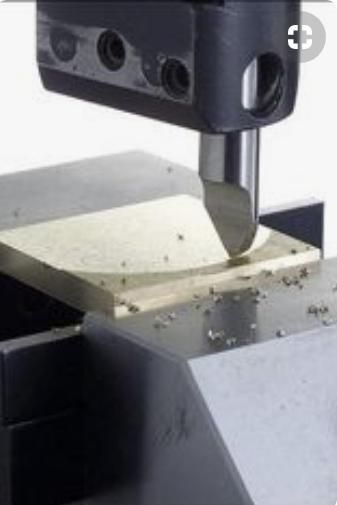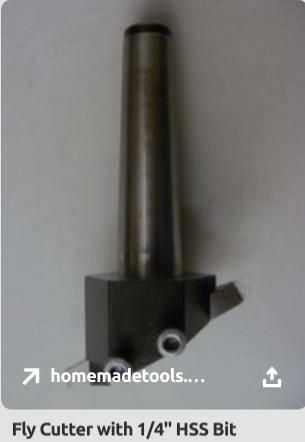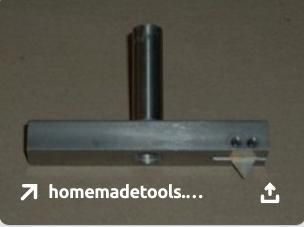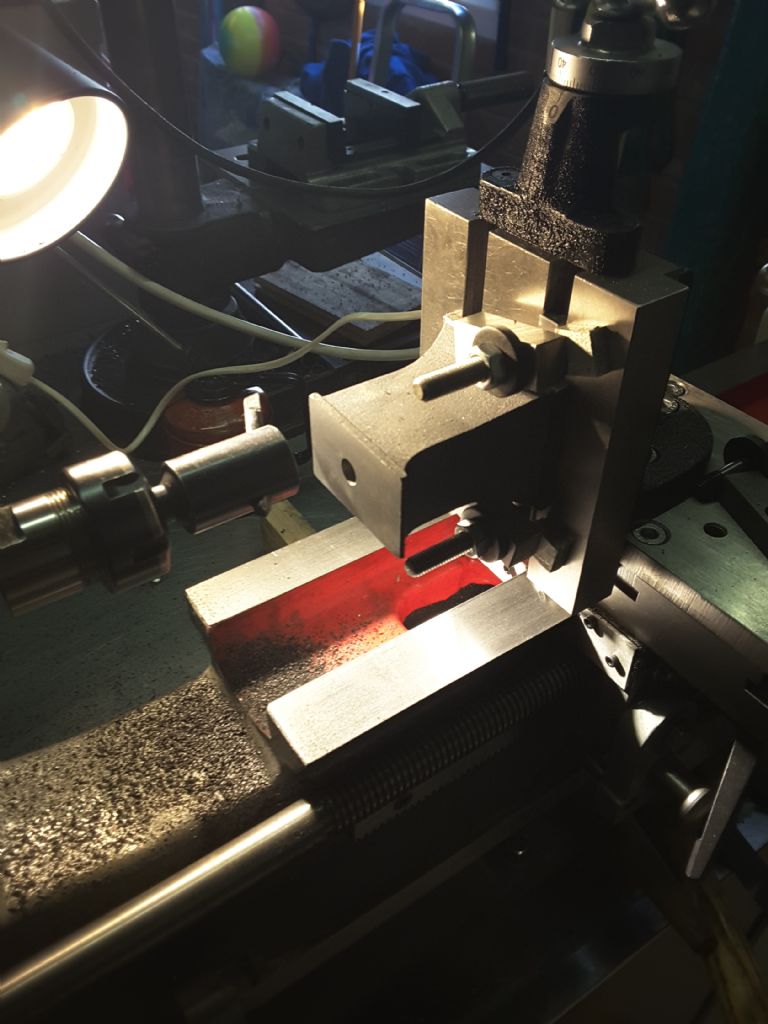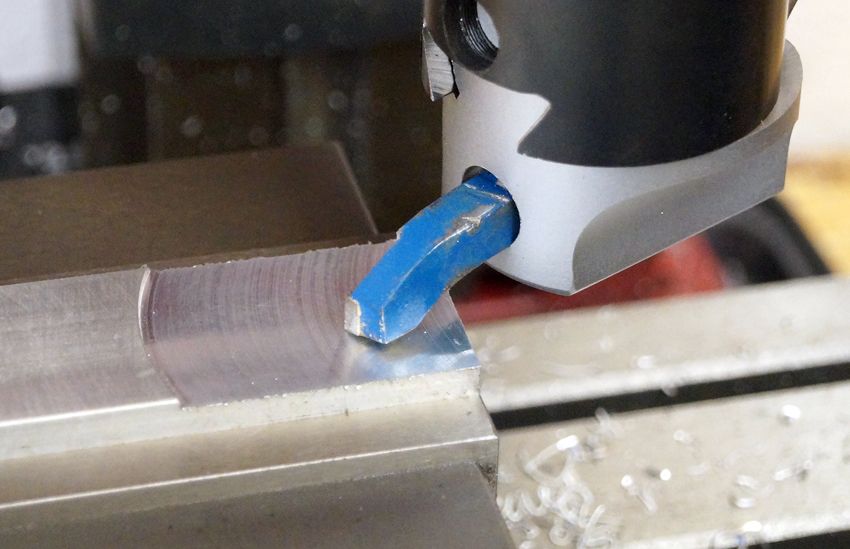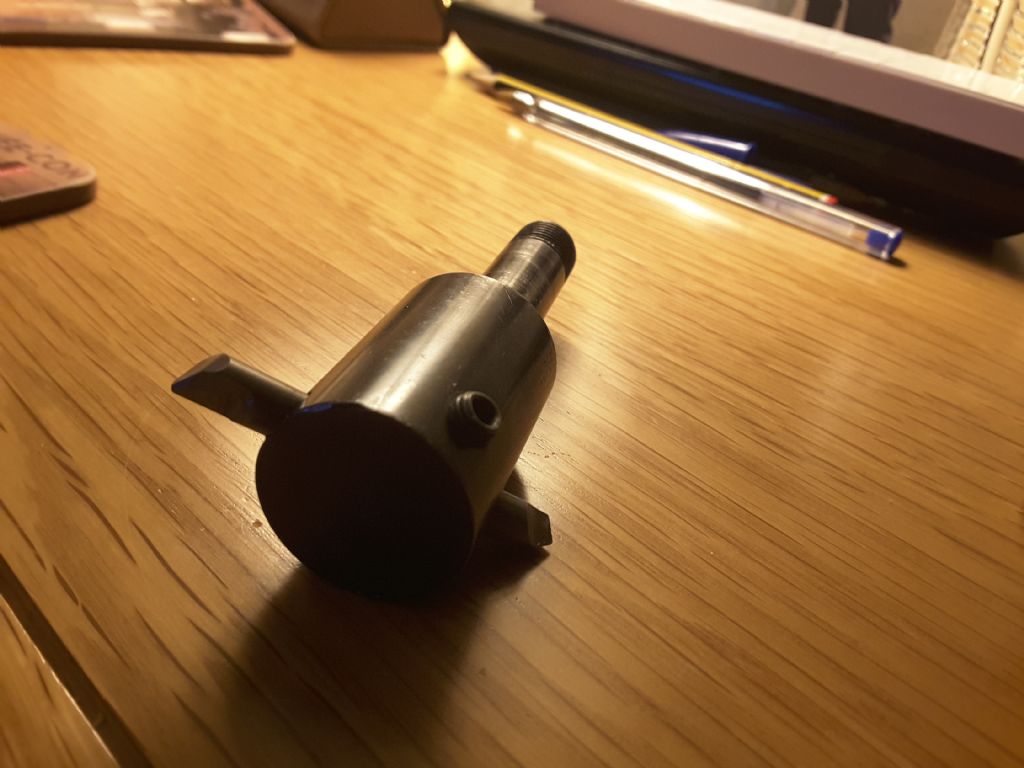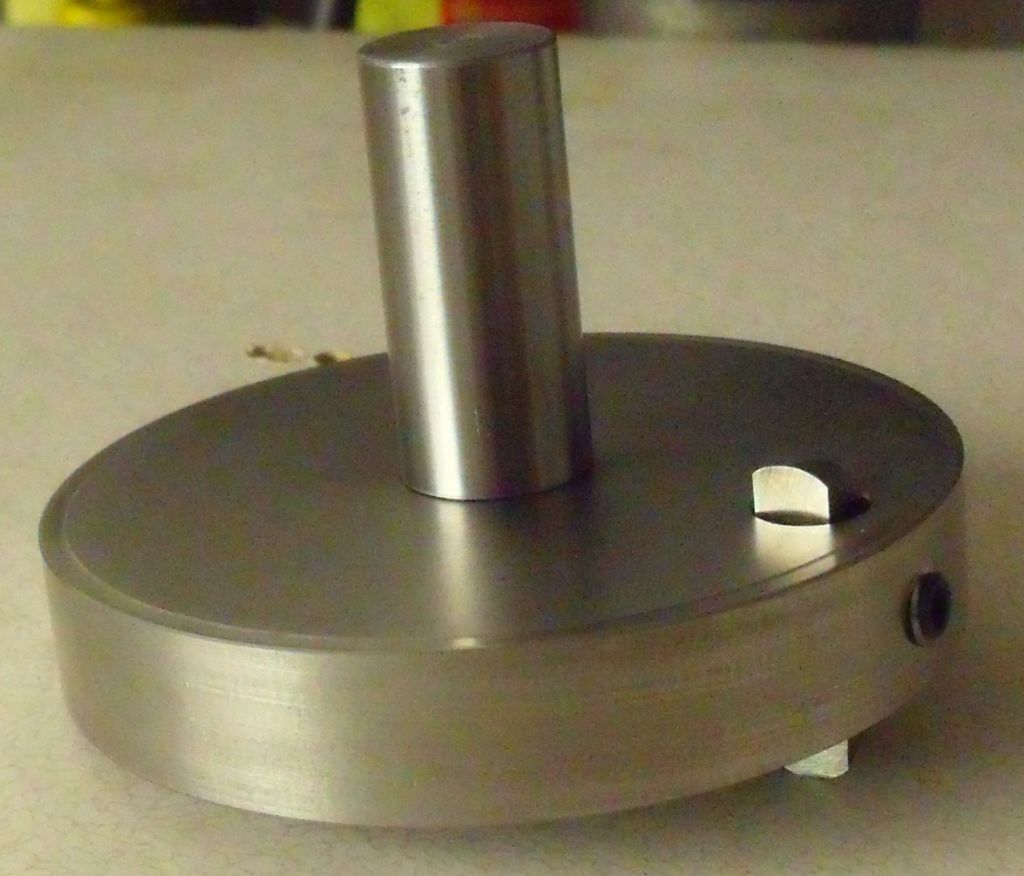Everything is a compromise.
The common angled square tool-bit style made in a range of sizes seems to do about as well as can be expected over the general range of our workpiece sizes. Its easily adjusted, holds the bit firmly even when set to the smallest size and keeps the non cutting spinning bits well out of the way of any protrusions on the workpiece or clamping arrangements. Pretty good on balance too and probably requires the least grinding to sharpen the tool.
Boring head version makes good use of something you already have. Best to be very conservative on moving the slide tho'. With the inevitable interrupted cut its advisable to ensure that all (three?) gib adjustment screws are pressing the gib onto the slide. Any overhang and you risk bending the gib which isn't going to help matters when returning the head to its proper purpose.
Flat bar with a bit is easiest for DIY but the spinning non cutting end can be something of a hazard. Especially if you use a direct mounted insert which, of necessity, puts the bar very close to the workpiece. Its very easy to loose track of just how big the device is putting clamps and workpiece projections at serious risk. The one I made, about 10" long, got reduced to produce after completing its job. Next time I shall use a round carrier. Either full diameter or most of it with the tools projecting a short distance whether simple HSS bits or inserts in short holders. I suspect the Bridgeport spindle drive splines would appreciate the flywheel effect of a full circle too.
I'm with Ian in thinking "Sheesh, thats brave!" over Micks' uber projection version. Shows just how far you can push the envelope with appropriate care and knowledge.
The general rules are conservative for good reason. "Rules are made for the guidance of wise men and the obedience of fools." Its deciding whether we are wise men or fools that sometimes catches us all out. As I frequently said to my trainees and work experience students. Its fine to break the rules if you think through properly it first. Usually leading up to a careful contrived example of safely driving a coach and four through what the book said. Followed by a visually and audibly impressive, but actually safe, example of what happens if you don't think it through and do something nearly the same but not quite same enough!
Clive.
Ron Laden.


